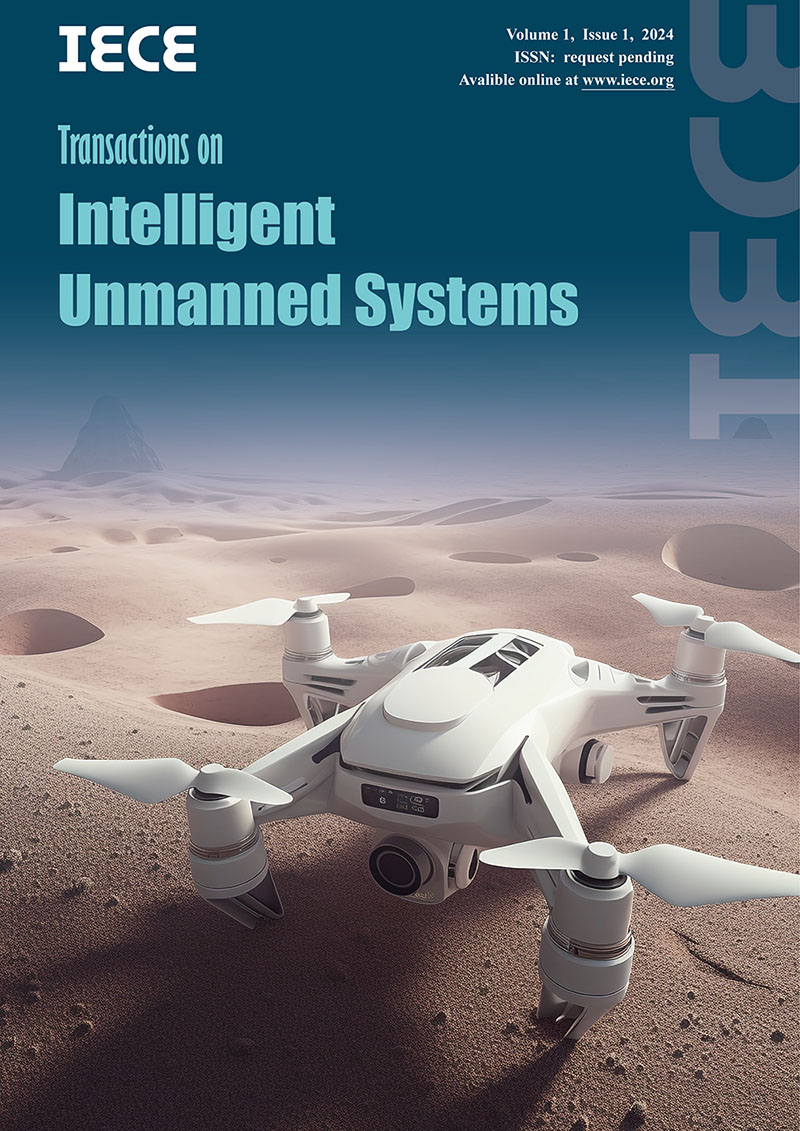Abstract
This paper provides a comprehensive review of the application of computer simulation in analyzing the performance of gas turbine engines. It introduces a novel three-tiered approach to simulate jet engine performance, enhancing understanding and optimization of design parameters. Utilizing a specialized computer simulation program, the study investigates the thermodynamic cycle at the design point and assesses performance at off-design points. Results underscore the pivotal role of computer simulation techniques in refining the design and efficiency of turbofan engines, offering significant insights into the development of more advanced gas turbine systems.
Funding
This work was supported without any funding.
Cite This Article
APA Style
Zhe, L. (2024). Enhancing Aero Engine Design Through Advanced Computer Simulation Techniques. IECE Transactions on Intelligent Unmanned Systems, 1(1), 24–30. https://doi.org/10.62762/TIUS.2024.424921
Publisher's Note
IECE stays neutral with regard to jurisdictional claims in published maps and institutional affiliations.
Rights and permissions
Institute of Emerging and Computer Engineers (IECE) or its licensor (e.g. a society or other partner) holds exclusive rights to this article under a publishing agreement with the author(s) or other rightsholder(s); author self-archiving of the accepted manuscript version of this article is solely governed by the terms of such publishing agreement and applicable law.


 Submit Manuscript
Edit a Special Issue
Submit Manuscript
Edit a Special Issue
